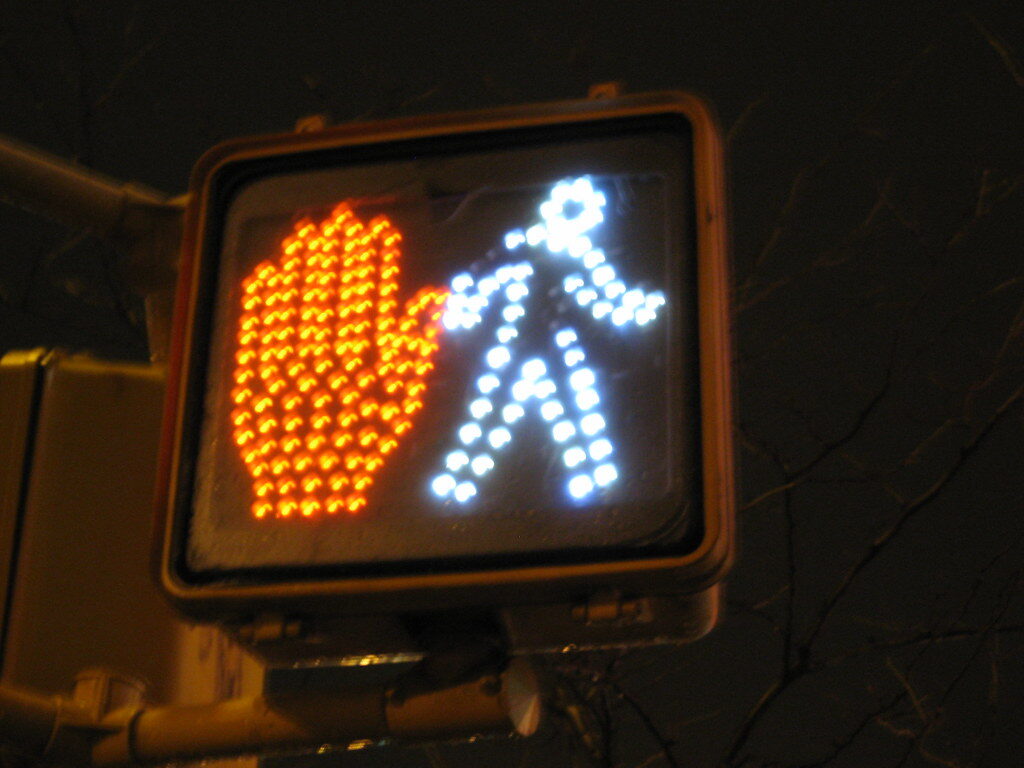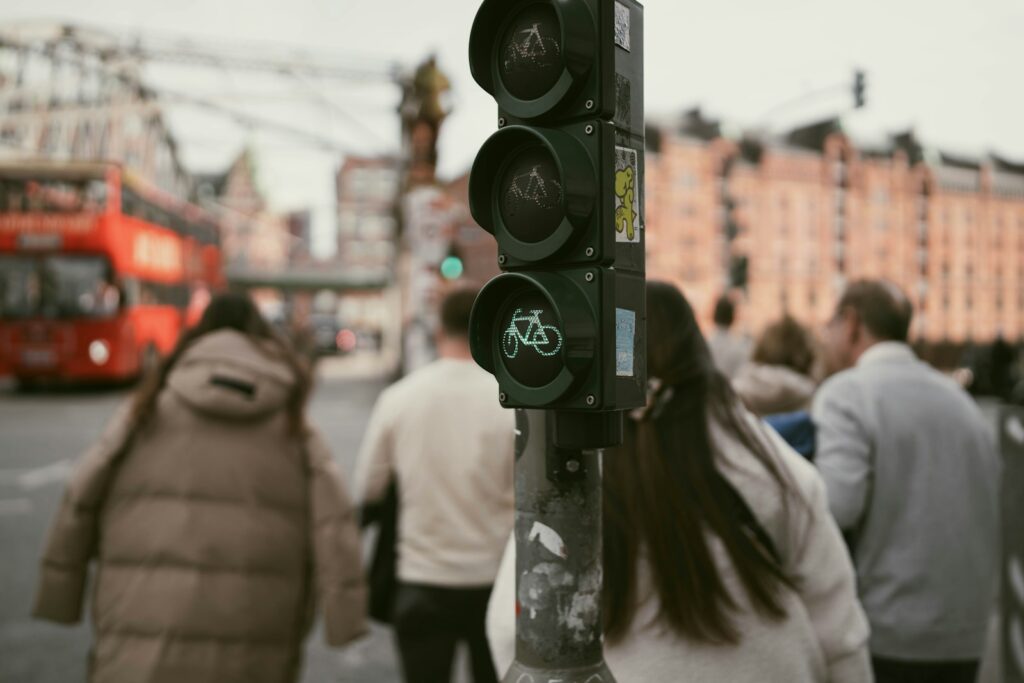Traffic lights are a fundamental part of our daily commutes, guiding us safely through intersections and keeping traffic flowing smoothly. For decades, we’ve been accustomed to the standard red, yellow, and green signals. However, a new development could soon introduce a fourth color to the mix, potentially altering the way we navigate our streets. This proposed change isn’t just about adding another light; it’s about enhancing safety and efficiency on the roads. The introduction of a fourth traffic signal color aims to address specific challenges faced by drivers, pedestrians, and cyclists, particularly in complex or high-traffic areas. While the idea is still in the proposal stages, it has sparked discussions among traffic experts, city planners, and the public. If implemented, this new signal could become as commonplace as the current three, leading to smoother commutes and a better overall driving experience
The Proposal: Introducing a White Light to Traffic Signals

Researchers at North Carolina State University have proposed adding a white traffic light to existing signals. This white light would not replace the traditional red, yellow, and green lights but would serve as an additional signal to help manage traffic more effectively. The white light would activate when a significant number of autonomous vehicles (AVs) are present at an intersection, signaling human drivers to follow the lead of the AVs ahead of them. This system aims to improve traffic flow, reduce congestion, and enhance safety by allowing AVs to coordinate the movement of vehicles through intersections. The introduction of a white light phase would represent a significant shift in traffic management, leveraging the capabilities of AVs to optimize traffic operations.
How the White Light System Works
The proposed white light system operates through a network of connected AVs that communicate with each other and with traffic signals. When a sufficient number of AVs approach an intersection, the white light phase is activated. During this phase, human drivers are instructed to follow the AVs ahead of them, allowing the autonomous vehicles to guide the flow of traffic. This coordination helps to minimize stop-and-go driving, reduce fuel consumption, and decrease travel delays. The system relies on advanced algorithms and real-time data to manage traffic efficiently, ensuring that vehicles move through intersections smoothly and safely. While the concept is still in the testing phase, early simulations have shown promising results in terms of improving traffic conditions.
Benefits of Adding a White Light to Traffic Signals

The addition of a white light to traffic signals offers several potential benefits. One of the primary advantages is improved traffic flow. By allowing AVs to coordinate the movement of vehicles, the system can reduce congestion and minimize delays at intersections. This coordination also leads to better fuel efficiency, as vehicles spend less time idling and can maintain more consistent speeds. Safety is another key benefit, as the system reduces the likelihood of accidents caused by sudden stops or unpredictable driver behavior. Additionally, the white light system can help integrate AVs into existing traffic infrastructure, facilitating a smoother transition as autonomous vehicles become more prevalent on the roads.
Challenges and Considerations
Despite the potential benefits, the implementation of a white light system faces several challenges. One major hurdle is the need for widespread adoption of AVs. For the system to function effectively, a significant percentage of vehicles at an intersection must be autonomous. This requirement may limit the system’s applicability in areas where AVs are not yet common. Another challenge is ensuring that human drivers understand the meaning of the white light and know how to respond appropriately. Public education campaigns will be essential to inform drivers about the new signal and its purpose. Additionally, infrastructure upgrades may be necessary to support the communication between AVs and traffic signals, which could involve significant investment and planning.
The Future of Traffic Signals

The proposal to add a white light to traffic signals represents a forward-thinking approach to managing modern transportation challenges. As the number of AVs on the road continues to grow, traditional traffic management systems may need to evolve to accommodate these changes. The integration of AVs into traffic flow through systems like the white light phase could pave the way for more efficient and safer roadways. While the concept is still in the experimental stages, it highlights the potential for innovation in traffic management and the role of technology in shaping the future of transportation. As cities explore new ways to improve traffic conditions, the white light system offers a glimpse into the possibilities of smarter, more connected roadways.
Comments